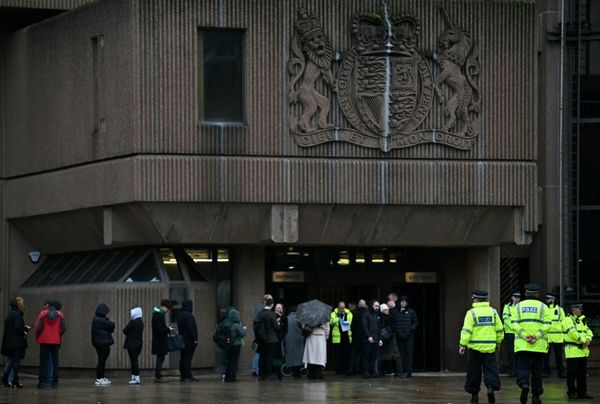
The potential for a government-payment default looms large on the horizon.
If Congress and the White House can’t agree to raise the $31.4 trillion debt ceiling by an uncertain date in June or the months afterward, the government will be unable to pay its obligations.
Given the far right’s stranglehold on the House of Representatives, there’s a decent chance that an accord won’t be reached.
Many Republicans want to tie any debt-ceiling increase to large spending cuts, possibly including Social Security and Medicare. And that’s anathema to Democrats.
A government default could be catastrophic for financial markets and the whole financial system. For decades, U.S. Treasuries have stood as the world’s No. 1 safe haven investment, acting as a bedrock for global financial markets. If the Treasury can’t make payments on those bonds, heaven help us all.
The Treasury Department notes on its website that such an event would be unprecedented, adding that "Congress has always acted when called upon to raise the debt limit."
In the past 62 years, "Congress has acted 78 separate times to permanently raise, temporarily extend, or revise the definition of the debt limit – 49 times under Republican presidents and 29 times under Democratic presidents," according to the treasury department.
Could a $1 Trillion Coin do the Trick?
Still, the current House majority is among the most strident and obtuse in memory, so the question arises: if the debt ceiling isn’t raised, what can the Treasury Department and Federal Reserve do to stave off a crisis?
One recurring suggestion is for the Treasury to create a $1 trillion platinum coin. A 1997 law permits the Treasury secretary (now Janet Yellen) to mint platinum coins of any denomination. The concept is that the Treasury would deposit the coin at the Fed and could then use the money to pay the government's obligations.
The idea first surfaced on the public scene in 2010, a year before the Obama administration faced a major battle with the Republican-controlled Congress to boost the debt ceiling.
The concept gained support even among some mainstream economists, such as Nobel prize winner Paul Krugman.
“What we all hope, of course, is that the prospect of the coin or some equivalent strategy will simply take the debt ceiling off the table,” he wrote in 2013 in The New York Times. “But if not, mint the darn coin.”
Yellen, Powell See a Gimmick
Both Yellen, a former Fed chairman, and current Fed Chairman Jerome Powell have dismissed the idea as an unworkable gimmick. It’s not clear the central bank would even accept the Treasury’s deposit. And if it did, the addition of $1 trillion to the financial system could create massive turmoil, including a jump in inflation.
Other suggestions to prevent a default:
Premium bonds. The Treasury would issue new bonds that pay much higher interest rates than existing ones. Investors would pay premium prices for the new debt. And the Treasury could use the proceeds to retire existing debt. But this plan could cause huge dislocation in the Treasury market.
Prioritizing obligations. Republicans have argued the Treasury could prioritize its payments. Treasury bonds, Social Security and crucial government functions would be first in line to get paid. But it’s unclear the Treasury department can legally do so. And even if it could, chaos could ensue as the government tried to execute the prioritizations.
Anything outside of an agreement to raise the debt ceiling creates enormous financial risks for every person and institution in the country. Cooler heads will likely prevail in the end, once limelight seeking politicians have milked the issue for whatever publicity and donations they can get out of it.







